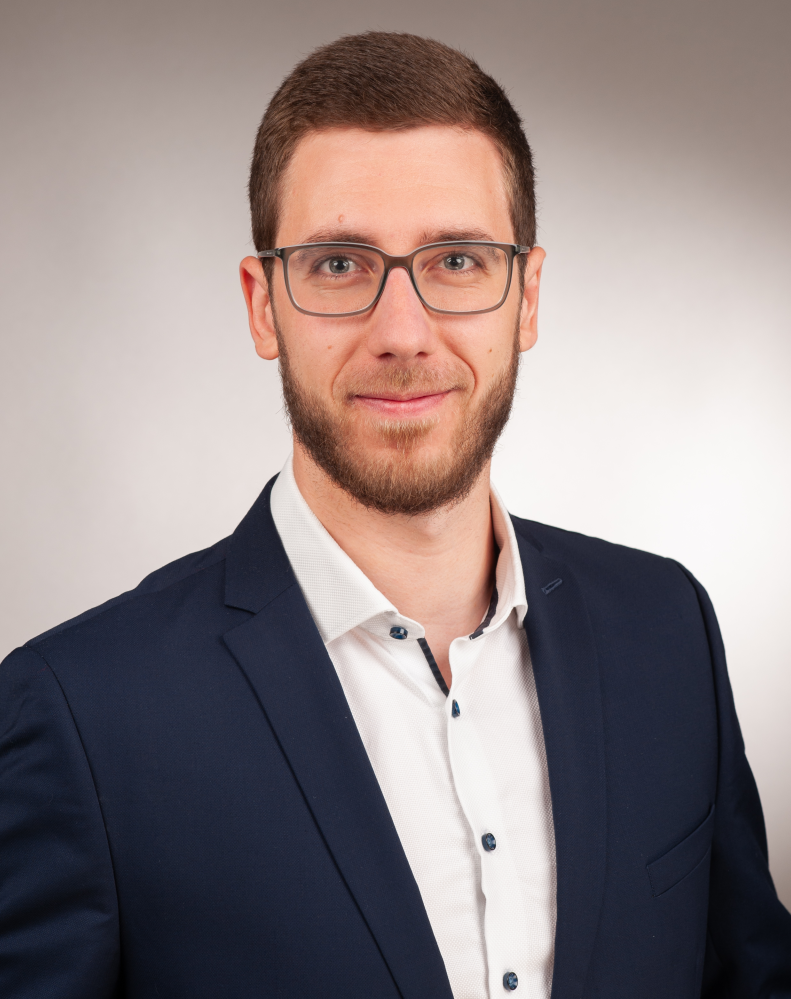M.Sc. Jan Philipp Payonk
Room Ex 136
Tel.: +49 (0) 381 498-7044
Fax: +49 (0) 381 498-7081
E-Mail: jan.payonk (at) uni-rostock.de

- Mathematical Modeling using Partial Differential Equations
- Finite element method
- Numerical simulation for deep brain stimulation
SFB 1270 ELAINE: Electrically Active Implants
Project A02: My work focuses on a computational model for rodent models of deep brain stimulation. The close link between the computational model and the experimental approach allows a priori a selection of efficient stimulation parameters and electrode geometries. In addition, it enables evaluating our hypotheses and assumptions for the computational model by directly comparing with in vivo studies, thus increasing the reliability of these models. Due to significant anatomical and physiological differences between the human brain and rodent brains, great care must be taken when testing and evaluating hypotheses on deep brain stimulation using animal experiments. In particular, the extent of tissue damage caused by implantation is relatively greater in rodents. In addition, the different passage of the fiber tracts in the target area leads to the stimulation of different pathways. Together with the anticipated reduced excitability of rodent brain neurons due to smaller fiber diameters, these factors lead to the assumption that the effects of deep brain stimulation observed in rodents cannot be readily transferred to clinical applications. Our study aims to consider the above factors and to design a protocol for deep brain stimulation in animal models that accurately reproduces the stimulatory effect of deep brain stimulation in the human brain. Our model includes pathway activation, and it will provide a more comprehensive network model for the basal ganglia-thalamo-cortical circuit. This network model will consider both externally and internally initiated activities and resolve signal collisions that occur. Such a network permits investigating the outputs of different nuclei or cross-correlated activity to define a therapeutic marker for optimizing deep brain stimulation.
Supervisors:
Unique IDs
- Orcid link: https://orcid.org/0009-0005-8213-8736
- Google scholar link: Jan Philipp Payonk
